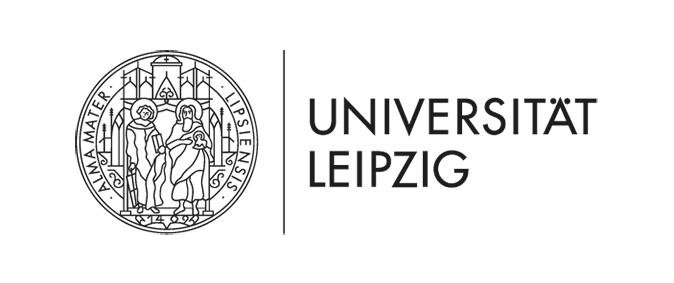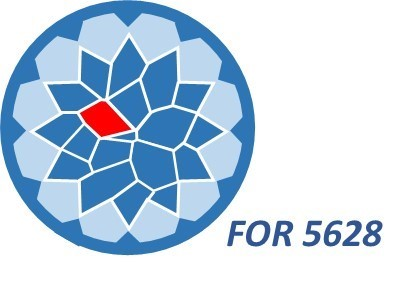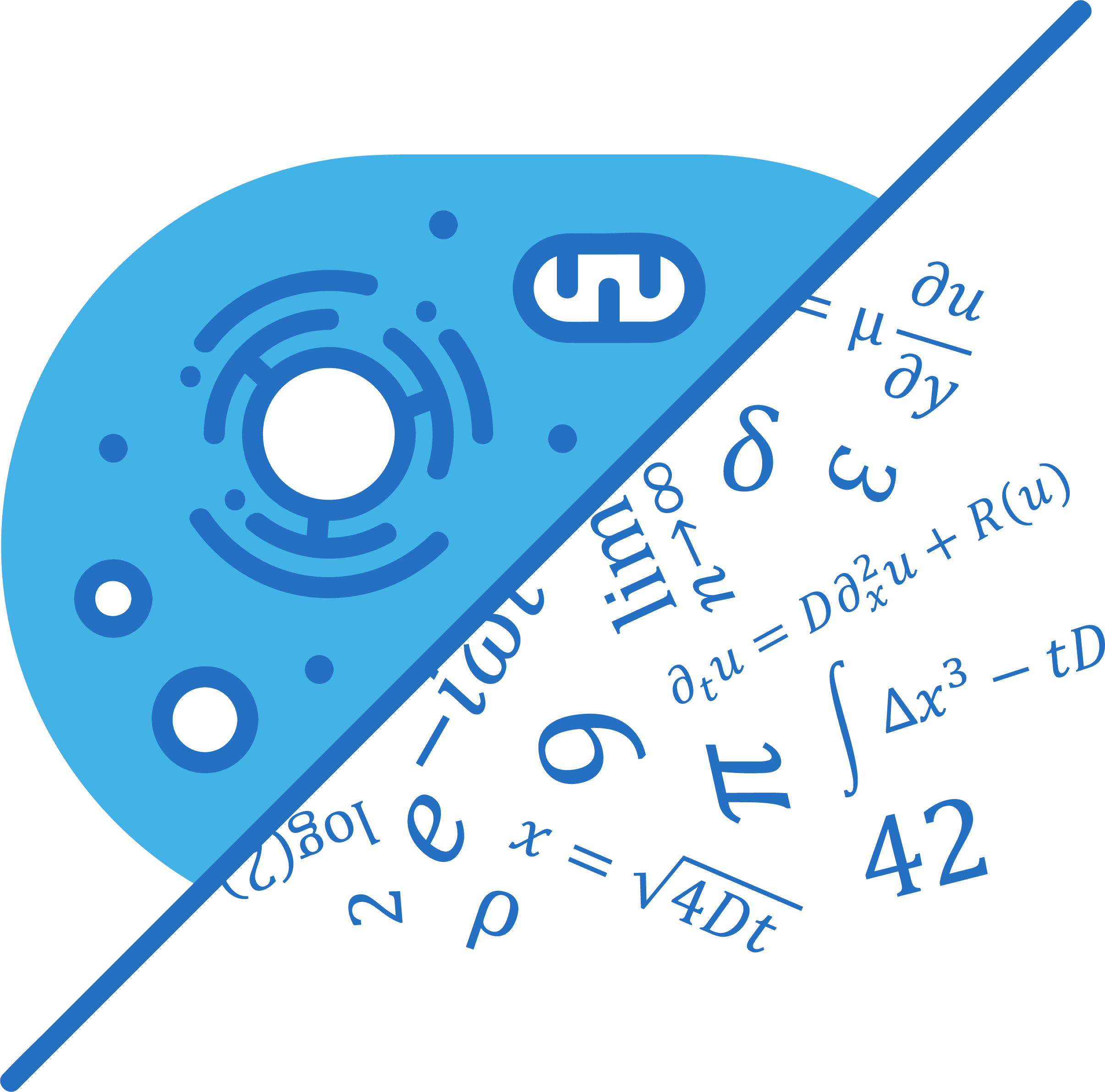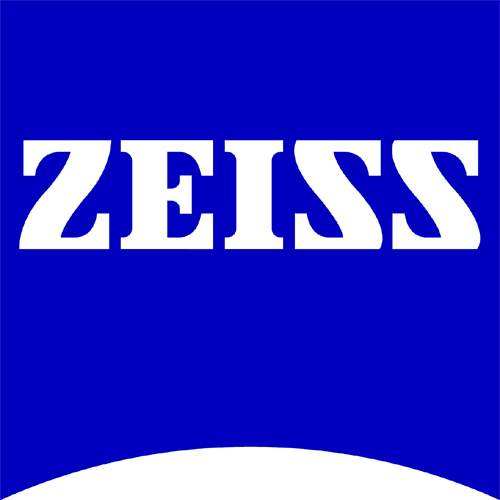|
15th Annual Symposium Physics of Cancer Leipzig, Germany Sept. 30 - Oct. 2, 2024 |
PoC - Physics of Cancer - Annual Symposium | |||||||||||||||||||||
|
|
Poster
Exploring Neuroblastoma Niche Selection: Insights from a Zebrafish Pseudo-Metastasis Model
Contact: | Website
Neuroblastoma is the most common extracranial solid tumor in children, deriving from developing neural crest cells of the sympathoadrenal lineage and contributing to about 15% of childhood cancer-related fatalities. Amplification of MYCN is related to poor disease outcome and is seen in approximately 25% of patients. While there is extensive ongoing research into the molecular and biochemical aspects of the disease, the interaction between mechanical and molecular properties in tumor and metastasis development remains poorly understood. To address this gap, we established a pseudo-metastasis model by transplanting MYCN-driven neuroblastoma tumors from transgenic zebrafish into zebrafish embryos. Our observations reveal that grafted cells develop into full-blown tumors at various sites within the host fish, some of which mirror metastatic environments seen in human disease. Our single-cell RNA sequencing data suggests that primary transgenic zebrafish tumors and pseudo-metastatic allograft tumors replicate transcriptomic patterns of human neuroblastomas, while allografts also activate additional transcriptomic pathways. We will utilize micro magnetic resonance elastography to assess the biomechanical characteristics of primary and allograft tumors in fish, exploring different genotypes and metastatic locations. This novel pseudo-metastasis model holds promise for deciphering the mechanisms underpinning metastasis initiation and niche preference in neuroblastoma.
|









